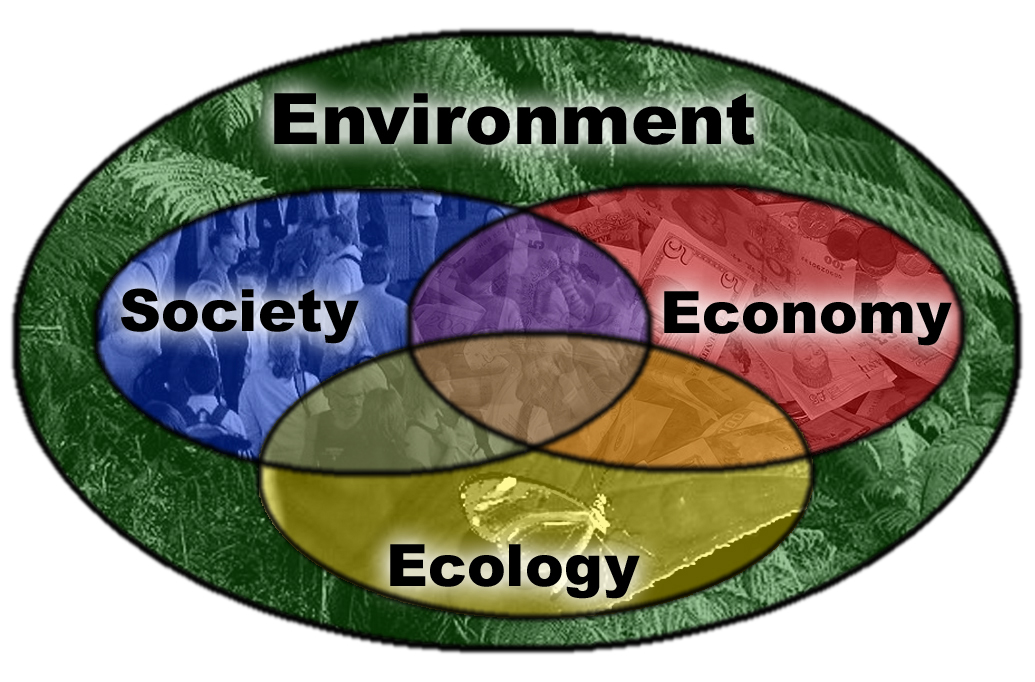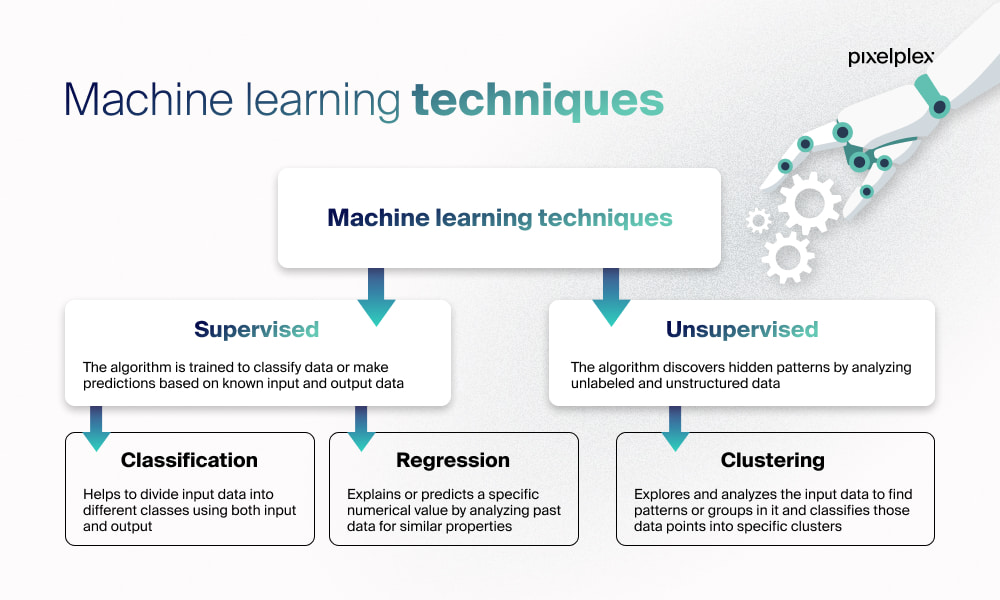In B.Tech Computer Science, there’s this super important thing called Compiler Design. It’s like the superhero that helps turn the cool code you write into something the computer can understand and use. So, imagine you’re learning how to create awesome programs. Compiler Design notes is the key to making sure your code talks the computer’s language. It’s not just a subject; it’s the secret sauce that turns your coding dreams into reality.
Now, if you’re at AKTU University studying B.Tech Computer Science, this Compiler Design notes is even more crucial. It’s not just about understanding how it works; it’s about getting your hands dirty and making your code run faster and smoother.
So, if you’re trying to understand Compiler Design for subject codes KCS502, we’ve got you covered! We’ve gathered really good Compiler Design notes from many smart students which consist of all relative topics from subject Compiler Design. You can grab these notes now. We think they’ll help you a lot, and you’ll do awesome in your exams.
These notes are made according to the latest syllabus provided by AKTU university. These notes consist of 5 chapters in the compiler design from the syllabus, the following chapters and their description are:
- Introduction to Compiler: In this topic, you’ll step into the world of compilers. It’s like an entrance gate to understand how computers take the cool code you write and turn it into something they can understand and run. We’ll explore the basics, why compilers matter, and what they do in the programming universe.
- Basic Parsing Techniques: Parsing is like decoding the language of your code. Here, we’ll break down how computers read and understand the structure of what you write. It’s like teaching the computer to follow the rules of the coding language, making sure it gets your instructions right.
- Syntax-directed Translation: This part is all about the translation game. Once the computer understands the structure, we guide it in translating your code into a form it can work with efficiently. It’s like turning your creative code into a language the machine can speak fluently.
- Symbol Tables: Symbols are like the words in your code language. Symbol tables keep track of these words and their meanings. Imagine it as a dictionary for the computer, helping it understand and remember the unique words you use in your code.
- Code Generation: Now, we’re getting into the action! Code generation is like the computer’s performance. We’ll explore how the computer takes your well-understood, translated code and turns it into the actual steps and actions that make your program run. It’s like the grand finale where your code becomes a living, working program.
Compiler Design – Complete Notes : CLICK HERE
These notes are provided by Shubham Sharma. We are thankful to him for providing such beautiful notes.

Shubham Sharma is a technology enthusiastic person who is passionate about writing blogs and helping students with the knowledge and resources they have for AKTU students.




